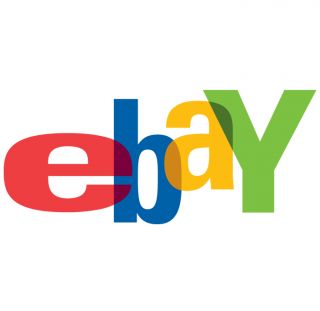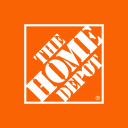How I Turned A DIY Project Into A Million Dollar Business
Hello! Who are you and what business did you start?
My name is Mark Tyrol and I am the founder of Battic Door Energy Conservation Products. Battic Door is an ecommerce business founded in 2003 with a single product, a pull down attic stair insulating cover that we call the Battic Door.
Many homes have a pull down ladder in the ceiling to access their attic space. These ladders, while providing a handy access to the attic, can cause energy loss and drafts.
We sell direct to consumers, as well as to resellers and contractors. We started in our home with 1 product and now have over 100 products shipping from our 7,500 square foot distribution center.


Download the report and join our email newsletter packed with business ideas and money-making opportunities, backed by real-life case studies.

Download the report and join our email newsletter packed with business ideas and money-making opportunities, backed by real-life case studies.

Download the report and join our email newsletter packed with business ideas and money-making opportunities, backed by real-life case studies.

Download the report and join our email newsletter packed with business ideas and money-making opportunities, backed by real-life case studies.

Download the report and join our email newsletter packed with business ideas and money-making opportunities, backed by real-life case studies.

Download the report and join our email newsletter packed with business ideas and money-making opportunities, backed by real-life case studies.

Download the report and join our email newsletter packed with business ideas and money-making opportunities, backed by real-life case studies.

Download the report and join our email newsletter packed with business ideas and money-making opportunities, backed by real-life case studies.

























